Natural water contains a variety of salts, which dissolve in water to form ionic substances. That is, anions and cations, ionic substances in the water in the process of heating or contact with other solutes will be combined into insoluble substances, usually calcium, magnesium and other ions in the water will form scale or soap scale, to the production of daily life and bring a lot of inconvenience and harm.
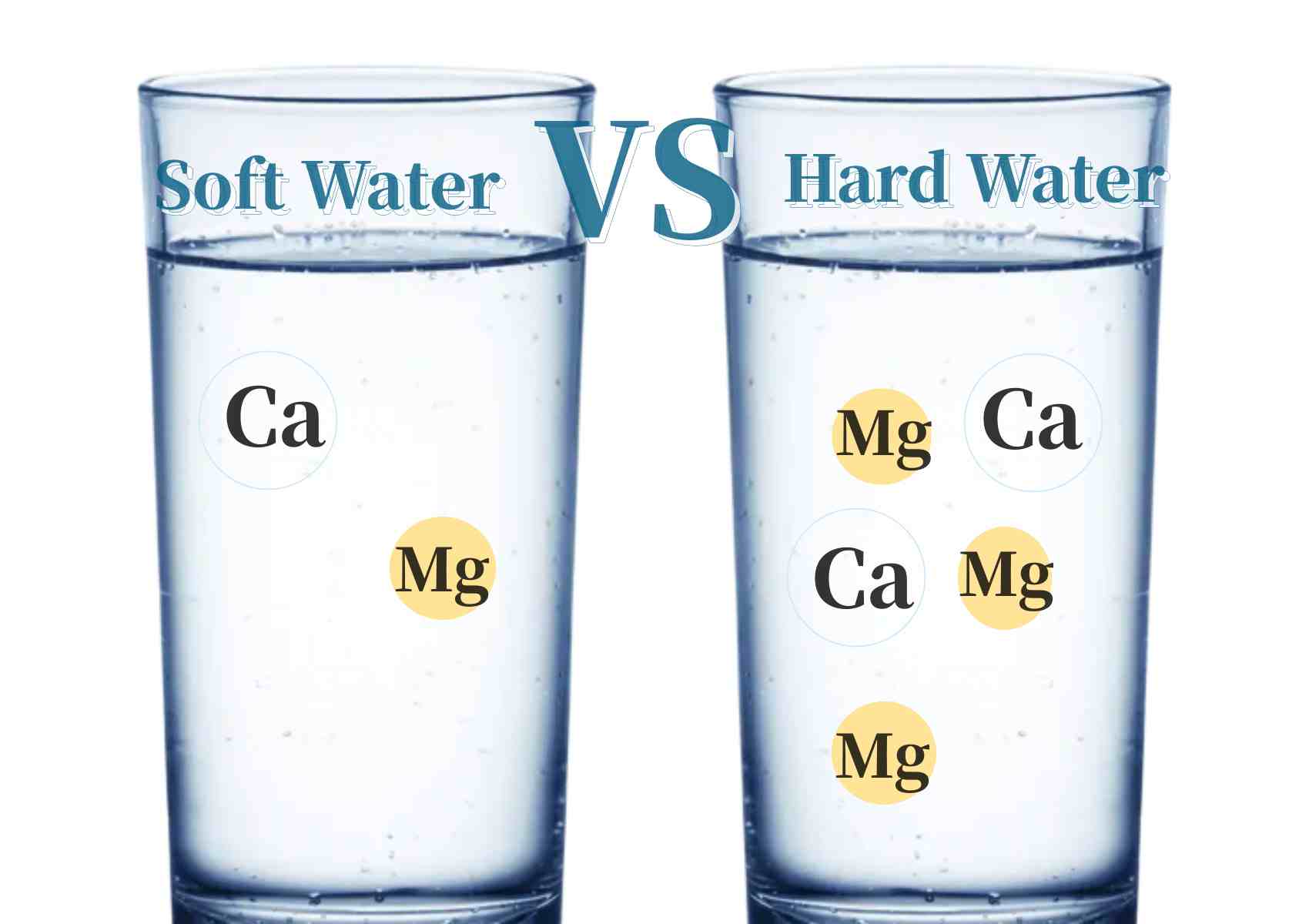
The ion exchange softening process of water involves hard minerals, mainly calcium and magnesium being exchanged or replaced by sodium minerals. The water softener makes the calcium and magnesium hard minerals dissolved in the water exchange with the soft mineral sodium on the softener resin, and the sodium is much less harmful to the target in contact with it, mainly because it does not build up on its surface with scale. In a suitable container, water containing hard minerals is allowed to undergo an ion exchange reaction through a man-made ion exchange resin. The resin is a porous, insoluble exchange material.
Modern water softeners are equipped with resins, which are small spheres containing many negatively charged exchange sites that absorb positive ions. When the resin
is in its nascent state, these charge exchange sites are occupied by positively charged sodium ions. When calcium and magnesium pass through the resin reservoir, they come into contact with the resin beads and displace sodium ions from the exchange positions. The resin preferentially binds the more strongly charged cations, with calcium and magnesium ions having a stronger charge than sodium ions.
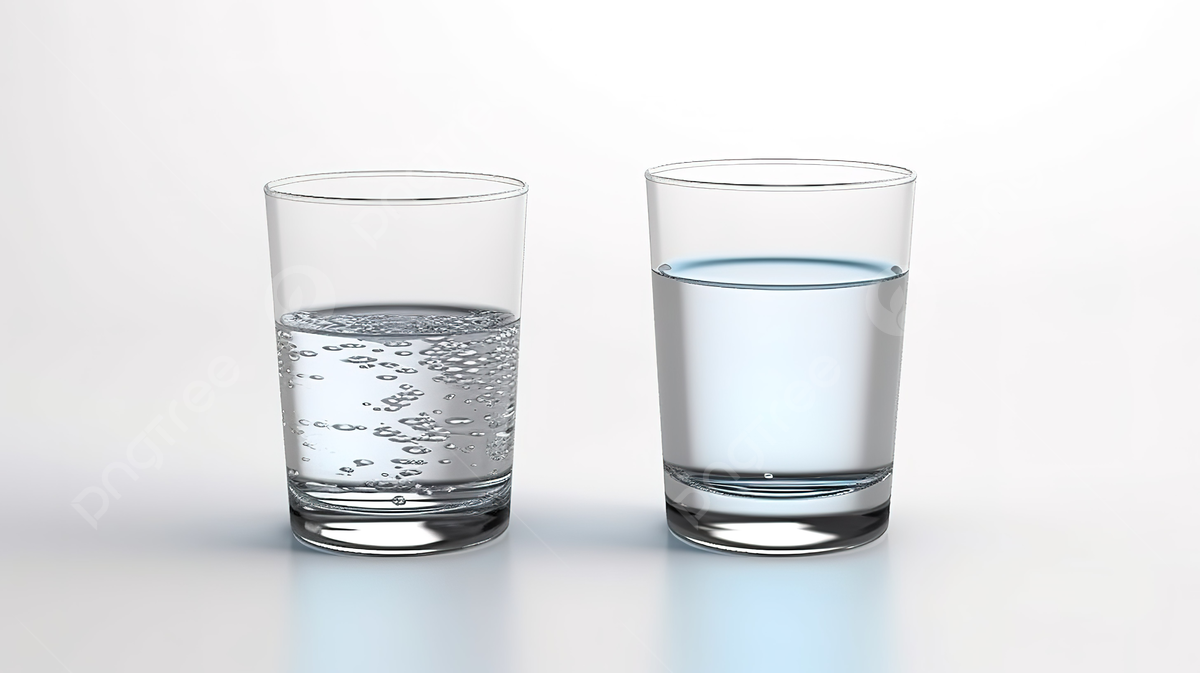
The displaced sodium cations then flow down through the resin “bed” and out of the water softener, which delivers “soft” water. Finally, all resin exchange positions are occupied by calcium and magnesium, and can no longer work. Water softener resin regeneration is carried out with a dilute solution of sodium chloride and water. In the regeneration process, first stop the working water flow of the water softener, the brine from the brine tank is mixed with another diluted water flow, and the dilute brine solution flows through the resin and comes into contact with the resin beads containing calcium and magnesium ions. Although the calcium and magnesium ions carry a stronger charge than the sodium ions, the concentrated brine solution contains millions of the weaker-charged sodium ions, which have the ability to displace a smaller number of calcium and magnesium ions. When calcium and magnesium ions are replaced, eventually, the exchange position is occupied by sodium ions, we say that the resin has been regenerated, ready for the next softening cycle.
The harm of hard water to people's production, life has brought great inconvenience, to get high-quality softened water, there is a need to have a thorough, comprehensive solution to the solution, water softener is our solution to the problem of hard water preferred program!
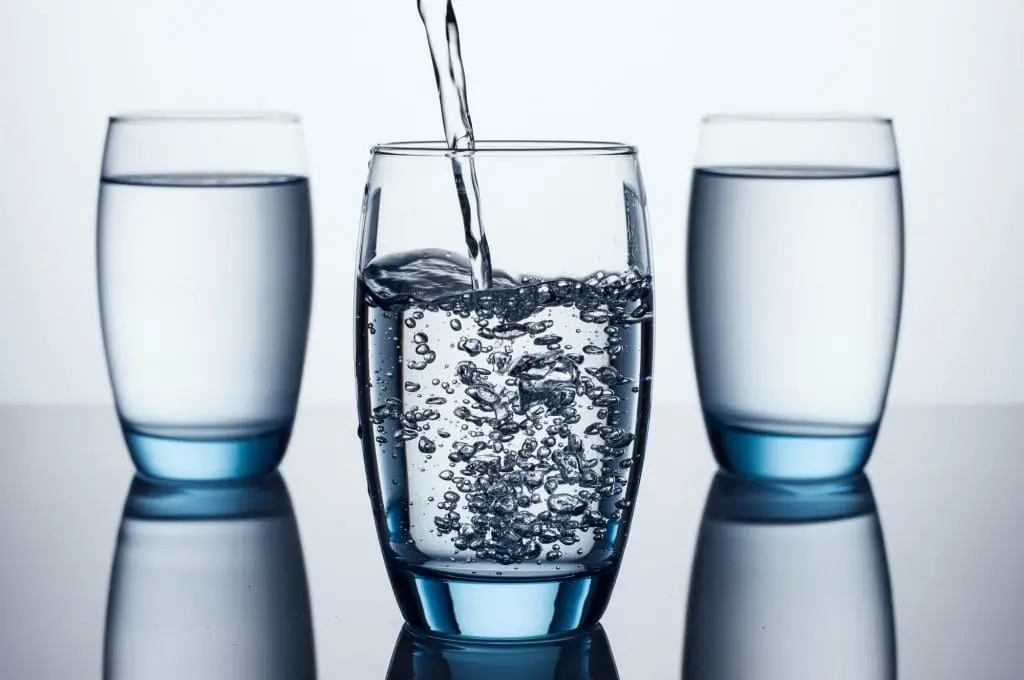
 Reverse Osmosis Technology for Wastewater Treatment: Understanding How RO Systems Operate
Reverse Osmosis Technology for Wastewater Treatment: Understanding How RO Systems Operate
 The “Magic” of Turning Seawater into Freshwater: Unveiling the Core Secrets of Reverse Osmosis Technology
The “Magic” of Turning Seawater into Freshwater: Unveiling the Core Secrets of Reverse Osmosis Technology
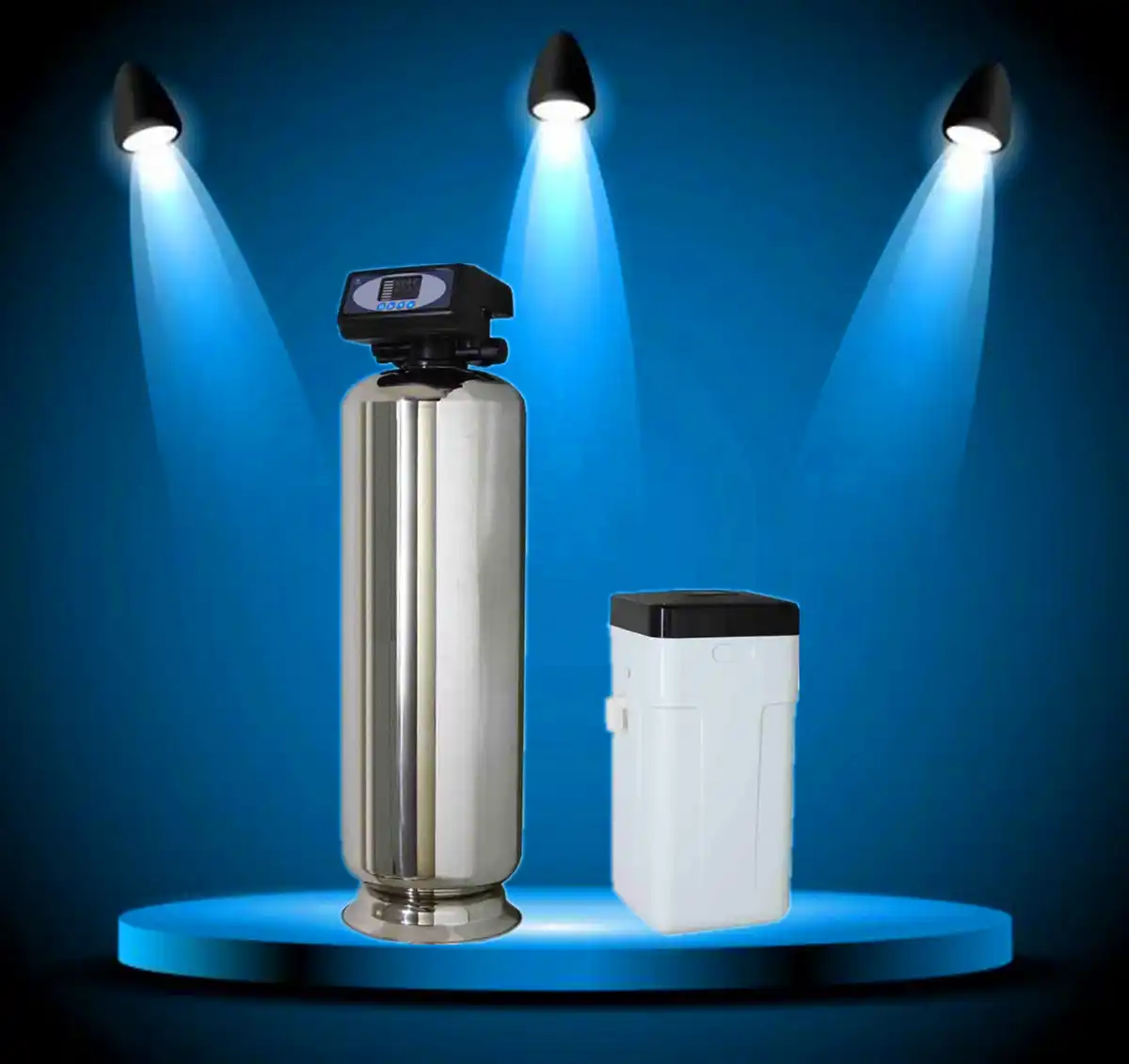 How to Choose Reliable Central Water Filtration and Water Softening Systems? Most People Get It Wrong!
How to Choose Reliable Central Water Filtration and Water Softening Systems? Most People Get It Wrong!
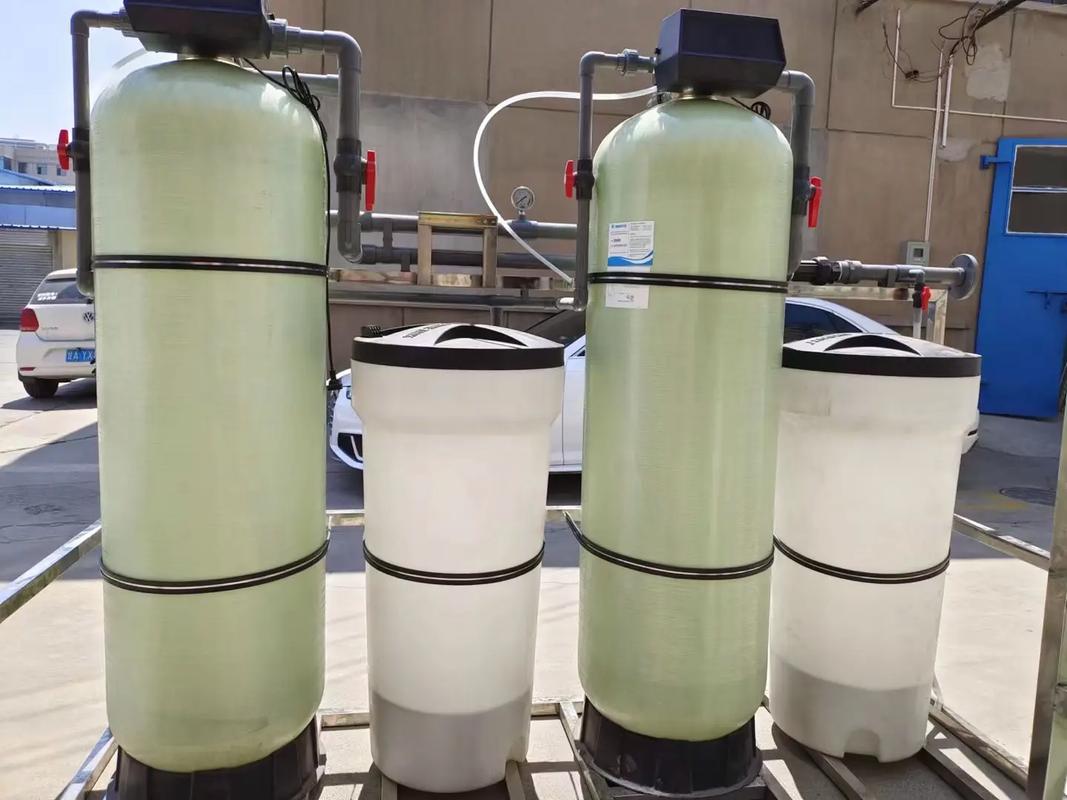 In rural areas, where groundwater from wells is the primary water source, is it truly necessary to install water purification equipment?
In rural areas, where groundwater from wells is the primary water source, is it truly necessary to install water purification equipment?